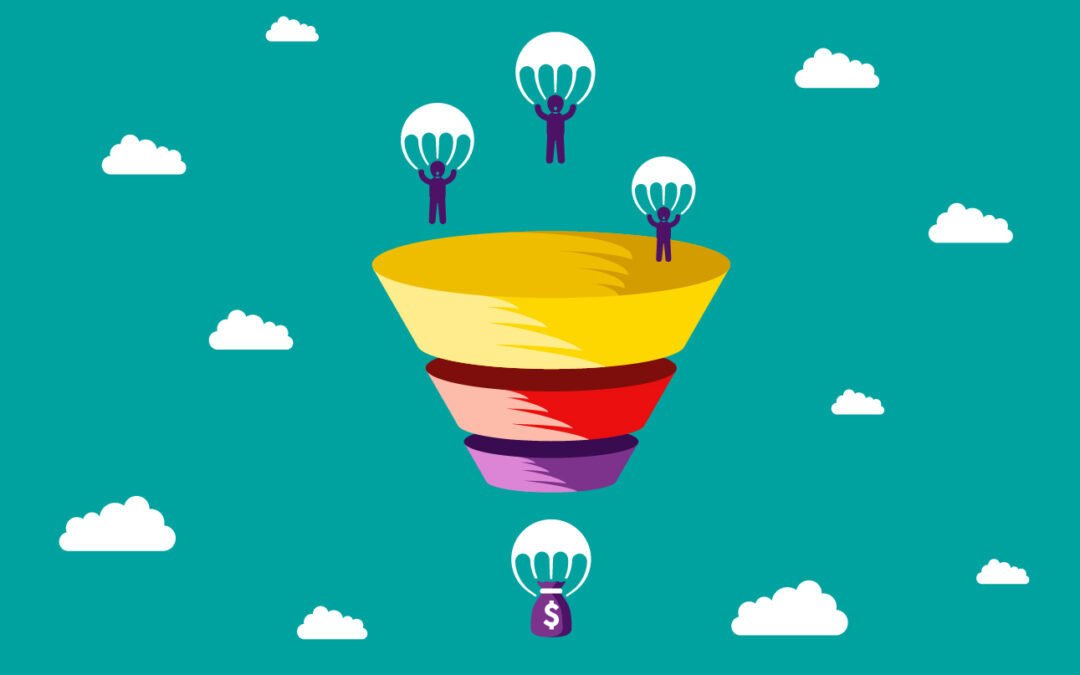In the ever-evolving landscape of digital marketing, the terms ‘demand generation’ and ‘lead generation’ are often used interchangeably, yet they embody distinct strategies and goals within a business’s marketing framework. Delineating the differences between these approaches is not just a matter of semantics—it’s crucial for creating targeted marketing initiatives that drive results. Here’s a breakdown of how demand generation differs from lead generation and how each plays a vital role in the sales and marketing funnel.
Demand Generation: Creating the Want
Demand generation is the broader umbrella under which lead generation sits. It involves a series of marketing activities that drive awareness and interest in a company’s products or services. The ultimate goal is to build a long-term relationship with the audience, one that is based on providing value and nurturing interest over time. It’s about creating a want or need in the marketplace.
Core Aspects of Demand Generation:
- Awareness Building: Utilizing content marketing, SEO, and social media to increase brand visibility.
- Educational Content: Sharing valuable information that addresses consumer pain points without necessarily promoting a product.
- Brand Positioning: Establishing the company as a thought leader and trusted authority in its industry.
- Customer Relationship: Engaging with potential customers to foster a sense of community and loyalty even before they make a purchase.
Demand generation is a long game, involving multiple touchpoints that cover the full spectrum of the buyer’s journey. This approach is not just about finding quick sales; it’s about creating sustainable interest and brand loyalty that translates into sales over time.
Lead Generation: Capturing Information for Immediate Sales Opportunities
Lead generation, by contrast, is more focused and immediate. It’s a subset of demand generation that specifically aims to convert interest into actionable information—namely, leads that can be pursued by a sales team. Where demand generation is about creating a want, lead generation is about capitalizing on this want by collecting data from potential buyers.
Core Aspects of Lead Generation:
- Conversion Focus: Encouraging potential customers to provide contact information through forms, subscriptions, or other means.
- Targeted Campaigns: Creating content and offers (e.g., free trials, demos, whitepapers) that are more directly aimed at getting a sale.
- Lead Nurturing: Using automated email sequences, retargeting, and other tactics to move leads closer to a sale.
- Metrics and ROI: Measuring success based on conversion rates and the direct impact on sales.
Lead generation is a more transactional strategy that aligns closely with sales objectives. It often involves an exchange of value: the potential customer provides their contact details in return for something, whether it’s insightful content, a product sample, or a demonstration.
Complementary, Not Competitive
While different, demand generation and lead generation should not be seen as competing strategies. Instead, they complement each other. Demand generation creates the fertile ground from which leads can grow; without it, lead generation efforts might fall on barren soil. Conversely, without lead generation efforts to harvest the ‘crop’ of interested prospects, the fruits of demand generation could go to waste.
Synergy for Success
To maximize the effectiveness of both strategies, marketers need to ensure they work in tandem. This means using the broad reach and educational content of demand generation to attract and nurture a large audience, then employing targeted lead generation tactics to identify, qualify, and capture leads. By understanding and utilizing both strategies effectively, businesses can not only increase their pool of potential customers but also enhance their ability to convert these prospects into loyal, paying customers.
In conclusion, while demand generation and lead generation might overlap in the tools and channels they use, their strategies, goals, and metrics differ significantly. A well-rounded marketing plan will employ both, using demand generation to build brand awareness and trust, and lead generation to turn that interest into a quantifiable pipeline of potential sales. When executed correctly, they form a powerful combination that can propel a business toward its growth and revenue goals.

